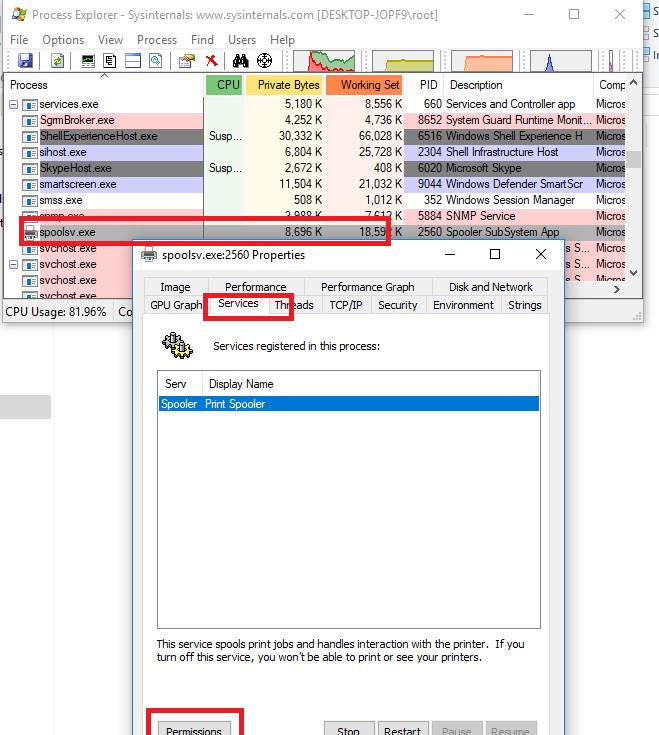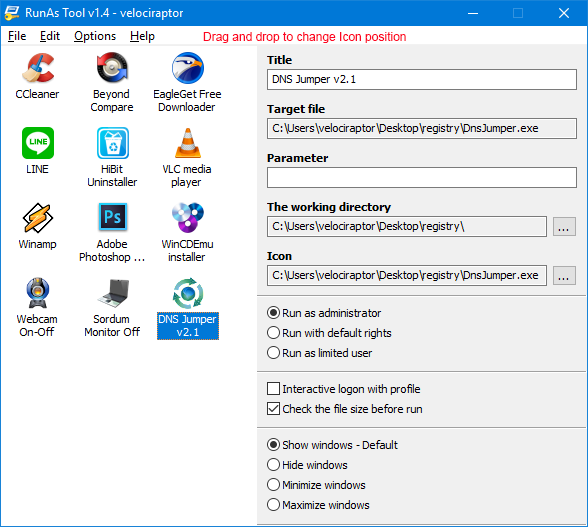


I would assume network is just for network ports - I wonder what the security risks of Power Users would be could some one elaborate perhaps what the difference is between a Power User and Administrator (we dont want users to be able to install addons, updates, software etc.) - OR - Provide a workaround to allow these select users the ability to adjust the COM port. I am tried the Windows Security Group for reading COM information but that was too limited to adjust the com port under device manager.

I am looking into this but this is purely driver installations and it doesn't look like it gets me the whole way (will go back to review for printer idea I have now :) ) Short of creating a secondary local admin account for them to use only when they need to adjust the COM port is all I could think. The problem is that you need admin rights as far as I can see right now - which is against our policy. I am trying to set a user up who needs to adjust the COM port either the baud rate, parity, or things such as the value it shows up as either COM1/2/3. net localgroup group_nameįor example to list all the users belonging to administrators group we need to run the below command.Hey all found a fun little "no admin" work around situation I need to implement. To list the users belonging to a particular group we can run the below command. When you run the ‘ net localgroup’ command from elevated command prompt: C:\>net localgroup administrators techblogger /add See How to open elevated administrator command prompt The solution for this is to run the command from elevated administrator account. Windows can’t reveal the password, so the only solution is to use a third party software to reset the Windows password. Windows Password Recovery is an utter solution to reset the Windows Administrator account password in case if you are failed to show administrator password using CMD. C:\> net localgroup administrators techblogger /add Failed to Show Admin Password using CMD Use Windows Password Recovery to Reset Windows Password. In Vista and Windows 7, even if you run the above command from administrator login you may still get access denied error like below. This command works on all editions of Windows OS i.e Windows 2000, Windows XP, Windows Server 2003, Windows Vista and Windows 7. To add a user to Power users group: net localgroup "Power users" UserLoginName /add To add a user to debugger users group: net localgroup "Debugger users" UserLoginName /add To add a user to remote desktop users group: net localgroup "Remote Desktop Users" UserLoginName /add To add a domain user to local administrator group: net localgroup administrators domainname\username /add The trust relationship between this workstation and the primary domain failed. H:\>net localgroup users domain\user /add


 0 kommentar(er)
0 kommentar(er)
